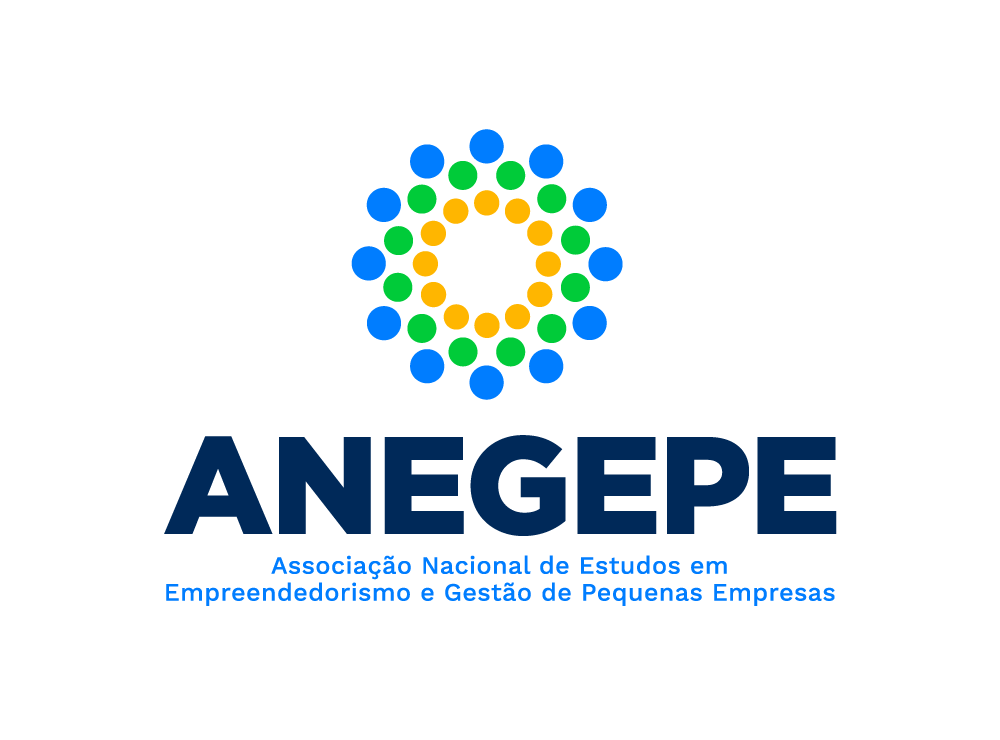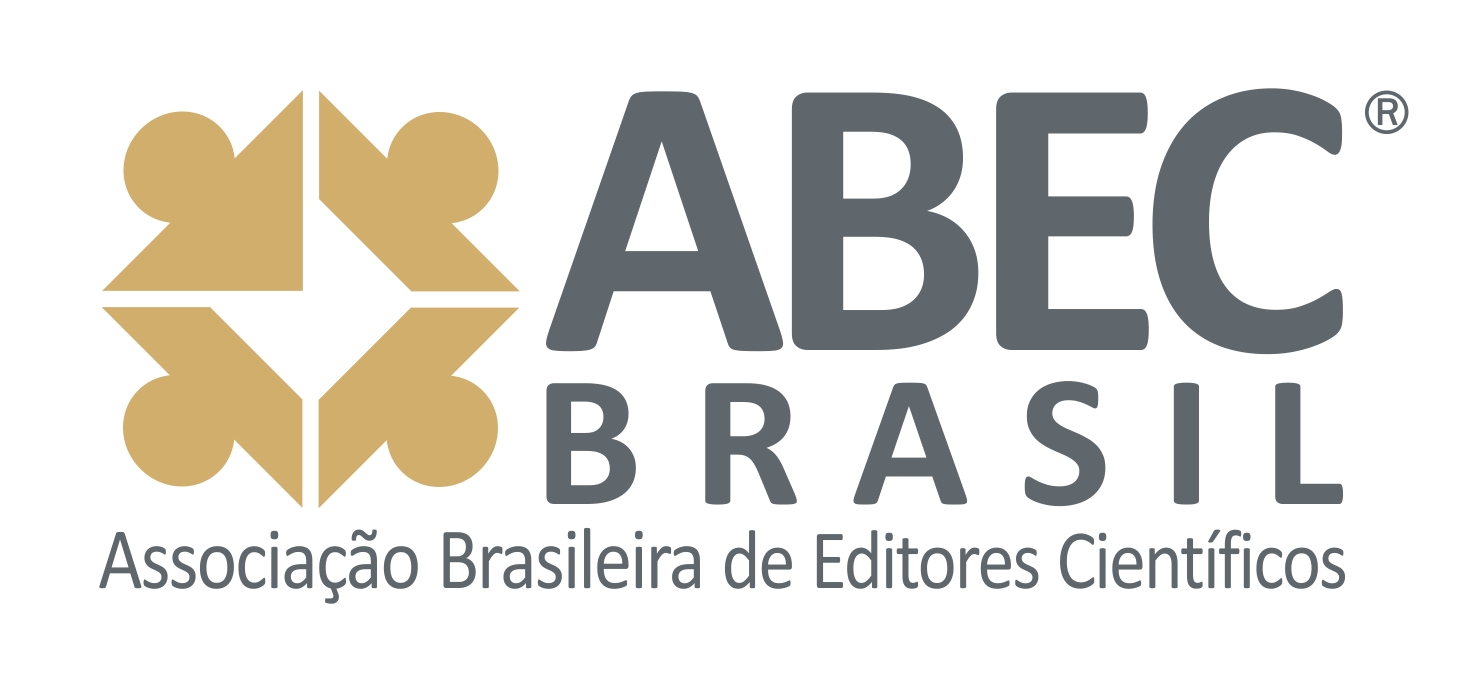Proposição de um Modelo de Gerenciamento de Projetos para Pequenas e Médias Empresas (PME)
DOI:
10.14211/regepe.v9i3.1475Palavras-chave:
Gerenciamento de projetos, Pequenas e médias empresas, Bibliometria, Análise lexical, Classificação Hierárquica DescendenteResumo
Objetivo do estudo: propor um modelo de gerenciamento de projetos adequado ao contexto de pequenas e médias empresas (PME).
Metodologia/abordagem: por meio de estudo bibliométrico, associado à análise lexical, com classificação hierárquica descendente (CHD), foram realizados levantamentos de publicações sobre o tema e de inferências estatísticas dos textos, a fim de encontrar padrões de correspondência entre as palavras e as frases, para analisar, com clareza, os conceitos envolvidos.
Principais resultados: a pesquisa permite entender melhor o gerenciamento de projetos nas PME, pois destacou, dos modelos utilizados, características relativas à inovação, ao foco no cliente, às pessoas, à desburocratização, à flexibilidade e à gestão por profissionais não especialistas. A conclusão apontou a necessidade de simplificação e de baixo custo para a implementação desses modelos em tais organizações.
Contribuições teóricas/metodológicas: este estudo contribuiu com a evolução da literatura e do modelo pré-existente, de Kozlowski e Matejun (2016), oferecendo aos sócios proprietários de PME a clareza na implementação de novos projetos.
Relevância/originalidade: são relevantes a descoberta de novas características, de processos e de benefícios, o que possibilita às PME se antecipar aos problemas; e o desenvolvimento de competências no gerenciamento de projetos e na gestão do negócio.
Contribuições sociais/para a gestão: a aplicação de um modelo de gerenciamento de projetos, para PME, flexível a diversos contextos e motivações, agregando valor a essas organizações, em termos de planejamento, de execução e de clareza dos resultados.
Downloads
Referências
Adair, P., & Adaskou, M. (2015). Trade-off theory vs. Pecking order theory and the determinants of corporate leverage: Evidence from a panel data analysis upon french SMEs (2002-2010). Cogent Economics and Finance, 3(1), 1-12. DOI: https://doi.org/10.1080/23322039.2015.1006477
Almeida, J. M. S. de, Costa, P. R. da, Braga Junior, S. S., & Porto, G. S. (2018). Capacidade Relacional e Desenvolvimento de Novos Produtos em Pequenas Empresas de Base Tecnológica. Regepe – Revista de Empreendedorismo e Gestão de Pequenas Empresas, 7(3), 141-166. DOI: https://doi.org/10.14211/regepe.v7i3.857
Bernardo, E. G., Ramos, H. R., & Vils, L. (2018). Panorama da Produção Científica em Empreendedorismo Rural: Um Estudo Bibliométrico. Regepe – Revista de Empreendedorismo e Gestão de Pequenas Empresas, 8(1), 102-125. DOI: https://doi.org/10.14211/regepe.v8i1.1165
Bos-Brouwers, H. E. J. (2010). Corporate sustainability and innovation in SMEs: Evidence of themes and activities in practice. Business Strategy and the Environment, 19(7), 417-435. DOI: https://doi.org/10.1002/bse.652
Breu, F., Guggenbichler, S., & Wollmann, J. (2008). Strategic Networks. Vasa, 21(3), 203-215. DOI: https://doi.org/10.1024/0301-1526.37.S71.3
Camargo, B. V., & Justo, A. M. (2013). Iramuteq: um software gratuito para análise de dados textuais. Temas em Psicologia, 21(2), 513-518. DOI: https://doi.org/10.9788/TP2013.2-16
Carvalho, B. D., & Mello, C. H. P. (2012). Aplicação do método ágil scrum no desenvolvimento de produtos de software em uma pequena empresa de base tecnológica. Gestão & Produção, 19(3), 557-573. DOI: https://doi.org/10.1590/S0104-530X2012000300009
Castro, L. M., & Moraes, R. D. O. (2015). Uso de modelos de maturidade em gestão de projetos em uma pequena empresa de TI. Anais do Simpósio Internacional de Gestão de Projetos, Inovação e Sustentabilidade – SINGEP, São Paulo, SP, Brasil, 4.
Cohen, W. M., & Levinthal, D. A. (2009). Absorptive Capacity: A New Perspective on and Innovation Learning. Administrative Science Quarterly 35(1), 128-152. DOI: https://doi.org/10.2307/2393553
Dobbs, M., & Hamilton, R. T. (2007). Small business growth: recent evidence and new directions. International Journal of Entrepreneurial Behavior & Research, 13(5), 296-322. DOI: https://doi.org/10.1108/13552550710780885
Jamali, D., Zanhour, M., & Keshishian, T. (2009). Peculiar strengths and relational attributes of SMEs in the context of CSR. Journal of Business Ethics, 87(3), 355-377. DOI: https://doi.org/10.1007/s10551-008-9925-7
Jenkins, H. (2006). Small business champions for corporate social responsibility. Journal of Business Ethics, 67(3), 241-256. DOI: https://doi.org/10.1007/s10551-006-9182-6
Jenkins, H. (2009). A “business opportunity” model of corporate social responsibility for small – and medium – sized enterprises. Business Ethics-a European Review, 18(1), 21-36. DOI: https://doi.org/10.1111/j.1467-8608.2009.01546.x
Jucá Júnior, A. S., Conforto, E. C., & Amaral, D. C. (2010). Maturidade em gestão de projetos em pequenas empresas desenvolvedoras de software do Polo de Alta Tecnologia de São Carlos. Gestão & Produção, 17(1), 181-194. DOI: https://doi.org/10.1590/S0104-530X2010000100014
Köksal, B., & Orman, C. (2014). Determinants of capital structure: evidence from a major developing economy. Small Business Economics, 44(2), 255-282. DOI: https://doi.org/10.1007/s11187-014-9597-x
Kozlowski, R., & Matejun, M. (2016). Characteristic features of project management in small and medium-sized enterprises. E+M Ekonomie a Management, 19(1), 33-48. DOI: https://doi.org/10.15240/tul/001/2016-1-003
Kwak, Y. H., & Anbari, F. T. (2009). Analyzing project management research: Perspectives from top management journals. International Journal of Project Management, 27(5), 435-446. DOI: https://doi.org/10.1016/j.ijproman.2008.08.004
Leone, N. M. D. C. P. (1991). A dimensão física das pequenas e médias empresas (PME’S): À procura de um critério homogeneizador. Revista de Administração de Empresas, 31(2), 53-59. DOI: https://doi.org/10.1590/S0034-75901991000200005
Lewis, Virginia L., & Churchill, N. C. (1983). The Five Stages of Small Business Growth. Harvard Business Review, 61(3), 30-50.
Martens, C. D. P., Belfort, A. C., Carneiro, K. D. A., & Martens, M. L. (2014). Gerenciamento de projetos em micro e pequenas empresas. Revista Pensamento Contemporâneo em Administração, 8(3), 151-171. DOI: https://doi.org/10.12712/rpca.v8i3.395
Mugnaini, R., & Strehl, L. (2008). Recuperação e impacto da produção científica na era Google: uma análise comparativa entre o Google Acadêmico e a Web of Science. Encontros Bibli: Revista Eletrônica de Biblioteconomia e Ciência Da Informação, 13, 92-105. DOI: https://doi.org/10.5007/1518-2924.2008v13nesp1p92
Oliveira, N. M., & Figueiredo, P. (2016). Gestão de projetos em pequenas e médias empresas: Pesquisa ação em uma empresa da indústria da moda. In Workshop de Gestão, Tecnologia Industrial e Modelagem Computacional, 2, 78-79.
Packendorff, J. (1995). Inquiring into the temporary organization: New directions for project management research. Scandinavian Journal of Management, 11(4), 319-333. DOI: https://doi.org/10.1016/0956-5221(95)00018-Q
Pollack, J., & Adler, D. (2016). Skills that improve profitability: The relationship between project management, IT skills, and small to medium enterprise profitability. International Journal of Project Management, 34(5), 831-838. DOI: https://doi.org/10.1016/j.ijproman.2016.03.004
Quevedo-Silva, F., Santos, E. B., Brandão, M. M., & Vils, L. (2016). Estudo Bibliométrico: Orientações sobre sua Aplicação. Revista Brasileira de Marketing, 15(2), 246-262. DOI: https://doi.org/10.5585/remark.v15i2.3274
Schumacher, E. F. (1983). O negócio é ser pequeno: um estudo de economia que leva em conta as pessoas (Vol. 1). Rio de Janeiro: Zahar.
Sebrae. (2014). Participação das Micro e Pequenas Empresas na Economia Brasileira. Brasília: Sebrae.
Sella, V. T., & Grzybovski, D. (2011). Modelo PMBOK/PMI para gestão de projetos nas micro e pequena empresas: um estudo de caso. Revista Economia & Gestão, 11(27), 36-66. DOI: https://doi.org/10.5752/P.1984-6606.2011v11n27p36
Serrasqueiro, Z., & Caetano, A. (2015). Trade-Off Theory versus Pecking Order Theory: capital structure decisions in a peripheral region of Portugal. Journal of Business Economics and Management, 16(2), 445-466. DOI: https://doi.org/10.3846/16111699.2012.744344
Silva, S. A. D. A. M., & Matamoros, E. P. (2015). Gestão de projetos como ferramenta estratégica para pequenas empresas. Revista de Ciências Gerenciais, 14(20), 27-47.
Simpson, M., Taylor, N., & Barker, K. (2004). Environmental responsibility in SMEs: Does it deliver competitive advantage? Business Strategy and the Environment, 13(3), 156-171. DOI: https://doi.org/10.1002/bse.398
Small, H. (1973). Co-citations in the scientific literature: a new measure of the relationship beetween two documents. Journal of the American Society for Information Science, 24(4), 265-269. DOI: https://doi.org/10.1002/asi.4630240406
Souza, A. M. D., Souza, M. D. V., & Souza Júnior, A. A. D. (2014). Fatores críticos para gerenciar projetos em empresas de pequeno porte. Anais do Simpósio de Engenharia de Produção de Sergipe – Simprod, São Cristóvão, Sergipe, Brasil, 6.
Spence, L. (1999). Does size matter? The state of the art in small business ethics. Business Ethics: A European Review, 8(3), 163-174. DOI: https://doi.org/10.1111/1467-8608.00144
Subrahmanya, M. B. (2004). Small industry and globalisation: Implications, performance and prospects. Economic and Political Weekly, 39(18), 1826-1834.
Svejvig, P., & Andersen, P. (2015). Rethinking project management: A structured literature review with a critical look at the brave new world. International Journal of Project Management, 33(2), 278-290. DOI: https://doi.org/10.1016/j.ijproman.2014.06.004
Tehseen, S., Ahmed, F. U., Qureshi, Z. H., Uddin, M. J., & Ramayah, T. (2019). Entrepreneurial competencies and SMEs’ growth: the mediating role of network competence. Asia-Pacific Journal of Business Administration, 11(1), 2-29. DOI: https://doi.org/10.1108/APJBA-05-2018-0084
Turner, R., Ledwith, A., & Kelly, J. (2010). Project management in small to medium‐sized enterprises. International Journal of Project Management, 28(8), 744-755. DOI: https://doi.org/10.1016/j.ijproman.2010.06.005
Turner, R., Ledwith, A., & Kelly, J. (2012). Project management in small to medium-sized enterprises: Tailoring the practices to the size of company. Management Decision, 50(5), 942-957. DOI: https://doi.org/10.1108/00251741211227627
Vial, G. (2019). Understanding digital transformation: A review and a research agenda. Journal of Strategic Information Systems, 28(2), 118-144. DOI: https://doi.org/10.1016/j.jsis.2019.01.003
Zupic, I., & Čater, T. (2015). Bibliometric Methods in Management and Organization. Organizational Research Methods, 18(3), 429-472. DOI: https://doi.org/10.1177/1094428114562629
Downloads
Publicado
Métricas
Visualizações do artigo: 1476 PDF downloads: 369 PDF (English) downloads: 246
Como Citar
Edição
Seção
Licença
Autores que publicam nesta revista concordam com os seguintes termos:
- O(s)/A(s) autor(es)/autora(s) autorizam a publicação do texto na revista;
- A revista não se responsabiliza pelas opiniões, ideias e conceitos emitidos nos textos, por serem de inteira responsabilidade de seus autores/autoras;
- Autores/autoras mantêm os direitos autorais e concedem à revista o direito de primeira publicação, com o trabalho publicado sob a Licença CC BY 4.0
, que permite o compartilhamento do trabalho com reconhecimento da autoria e publicação inicial nesta revista;
- Autores/autoras são permitidos e encorajados a postar seu trabalho (Versão submetida, Versão aceita [Manuscrito aceito pelo autor/autora] ou Versão publicada [Versão do registro]) online, por exemplo, em repositórios institucionais ou preprints, pois isso pode levar a trocas produtivas, bem como a citações anteriores e maiores de trabalhos publicados. A REGEPE pede como condição política para os autores/autoras que indiquem/vinculem o artigo publicado com DOI. Veja o Efeito do Acesso Livre.















